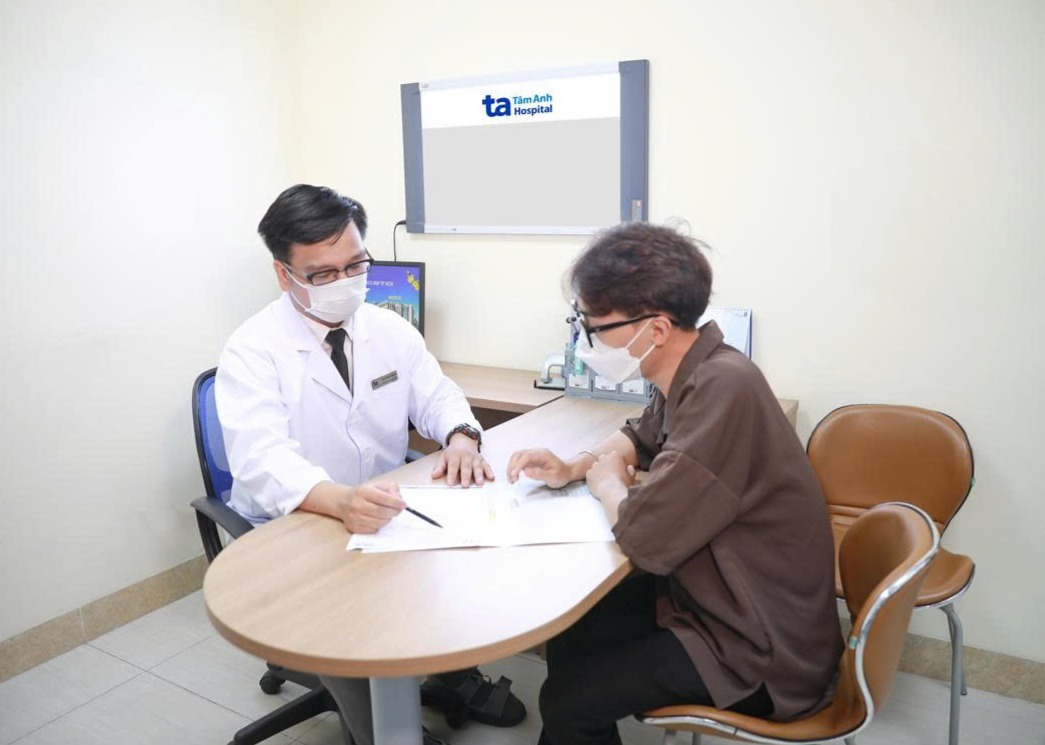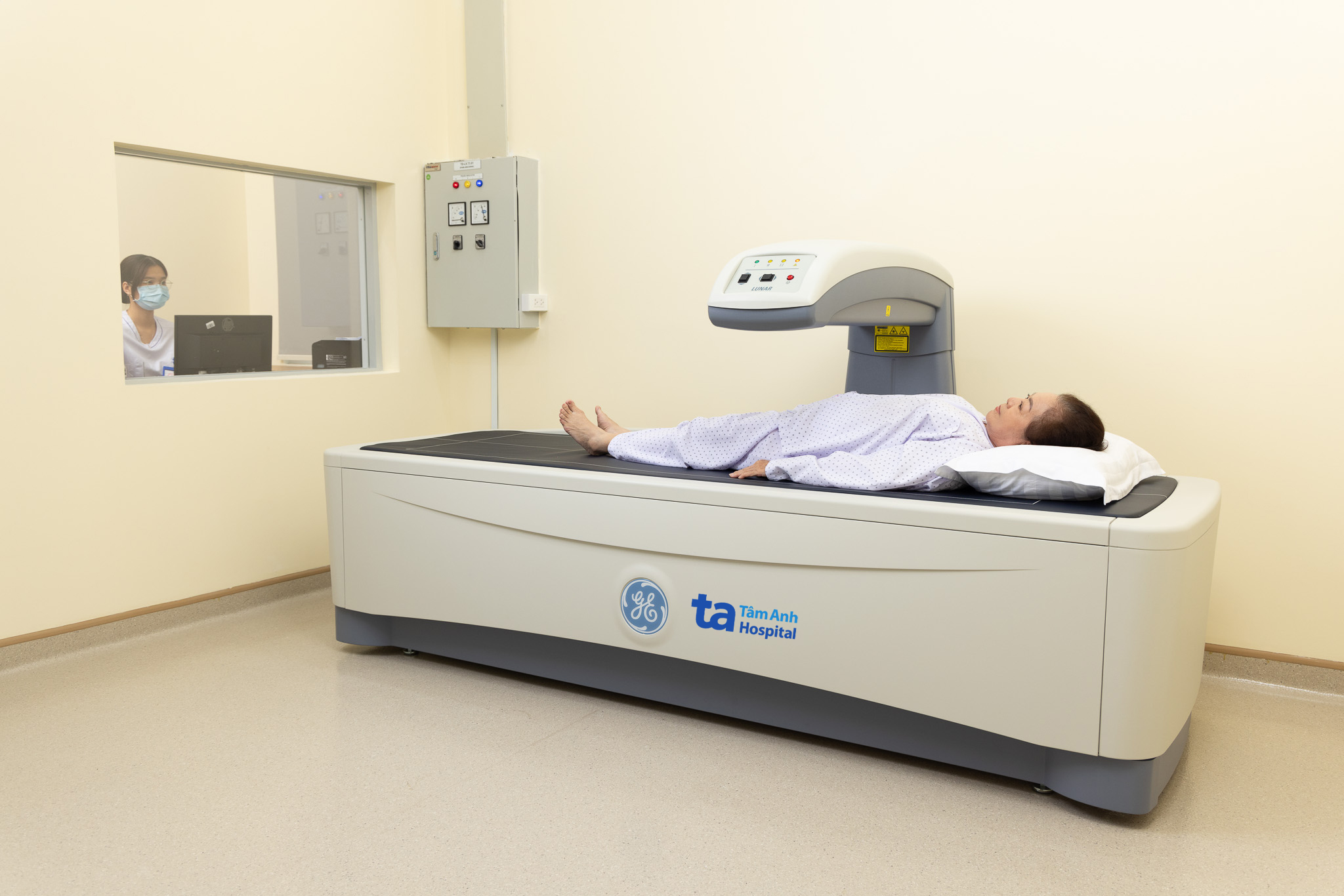Osteoporosis is a condition in which bone density decreases, making bones brittle, weak, and more prone to damage and fractures. It is common in older adults and postmenopausal women. People who overwork, consume excessive alcohol and stimulants, or have nutritional deficiencies such as vitamin D and calcium are also susceptible.
Doctor Pham Hoang Hai, Department of Rheumatology, Tam Anh General Hospital, TP HCM, explains that osteoporosis develops silently, without clear specific symptoms. Typically, individuals experience general signs.
Bone pain: With decreased bone density, individuals experience pain in the bone ends, especially in weight-bearing bones like the spine, lower back, pelvis, hips, and knees. They may also feel fatigue along the long bones and tingling throughout the body. The pain intensifies at night, during movement, and after prolonged standing or sitting.
Changes in body shape: Pain causes individuals to alter their posture, potentially leading to difficulties with bending and twisting. As bone density decreases, vertebrae can compress or fracture, resulting in height loss, a stooped posture, and a hunched back.
Fractures: Many people only discover they have osteoporosis after experiencing a serious fracture. Osteoporosis-related fractures typically occur in weight-bearing areas like the spine, femoral neck, and wrist. Without proper treatment, recovery is difficult, requiring prolonged bed rest and potentially leading to dangerous complications, reduced mobility, and even death. These are the most severe consequences of osteoporosis. Individuals with severe osteoporosis can fracture bones from minor trauma, such as tripping on stairs, falling from a height lower than their own, or lifting heavy objects.
 |
Doctor Hoang Hai explains bone density test results to a patient. Photo illustration: *Tam Anh General Hospital* |
Doctor Hoang Hai states that currently, there is no complete cure for osteoporosis. Treatments only manage the disease, alleviate symptoms, and prevent progression. Depending on the severity, doctors may prescribe one or a combination of treatments.
Individuals should consume a nutrient-rich diet, especially foods rich in calcium and vitamin D, to support bone regeneration and strengthen bones. These nutrients are found in milk and dairy products, leafy green vegetables, walnuts, salmon, and seafood. Avoid harmful foods like fast food, canned food, alcohol, coffee, and carbonated drinks.
Regular exercise strengthens bones and muscles. Moderate-intensity activities such as cycling, swimming, aerobics, tai chi, and dancing are recommended. If necessary, individuals can use orthopedic devices or braces to reduce pressure on the spine, bone ends, and hip area during movement.
Oral or intravenous medications can inhibit bone resorption, increase bone density, and reduce fracture risk. According to Doctor Hai, intravenous medication is a preferred treatment due to its high efficacy and convenience. When administered intravenously, the medication is almost completely absorbed into the bones, resulting in better effectiveness. Patients only need an annual infusion for three consecutive years, or six years for severe cases, compared to weekly or monthly oral medications for five or 10 years. At Tam Anh General Hospital, after the infusion, patients can leave within a few hours without hospitalization, significantly reducing treatment time and cost.
 |
Patients undergo regular bone density measurements using Dual-energy X-ray absorptiometry (DEXA). Photo illustration: *Tam Anh General Hospital* |
The adverse effects of osteoporosis can be significantly reduced with timely prevention and treatment. Doctor Hai recommends regular health checkups and osteoporosis screenings, especially for those at high risk, such as older adults, postmenopausal women, and individuals with chronic illnesses.
Phi Hong
| Readers can submit questions about musculoskeletal diseases here for doctors to answer. |












